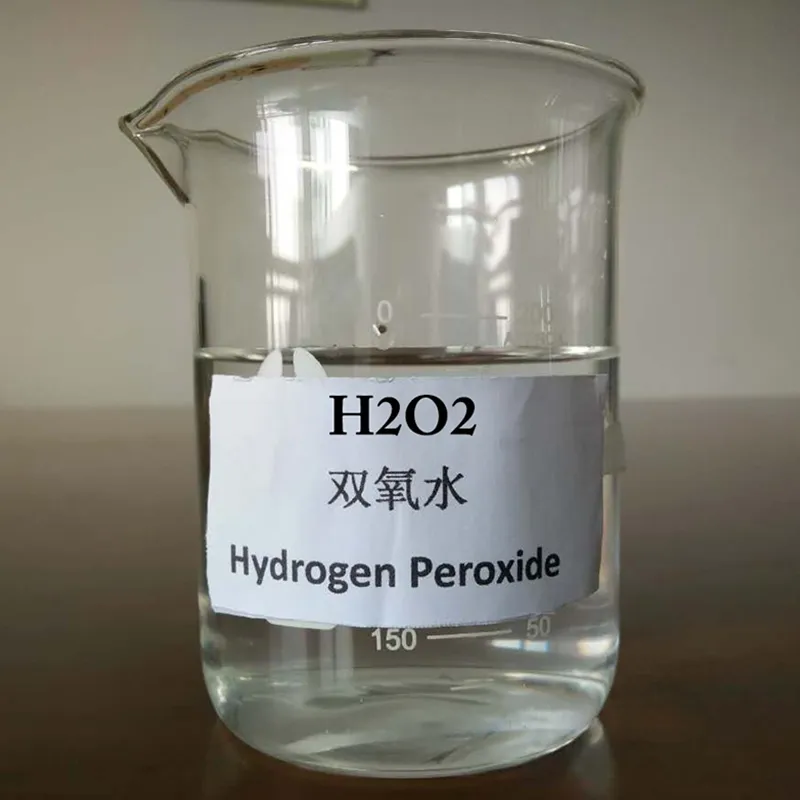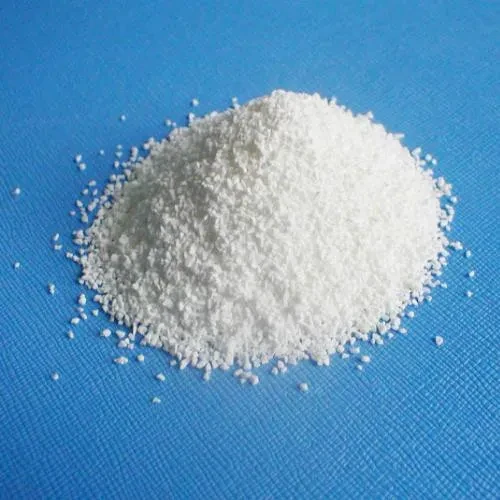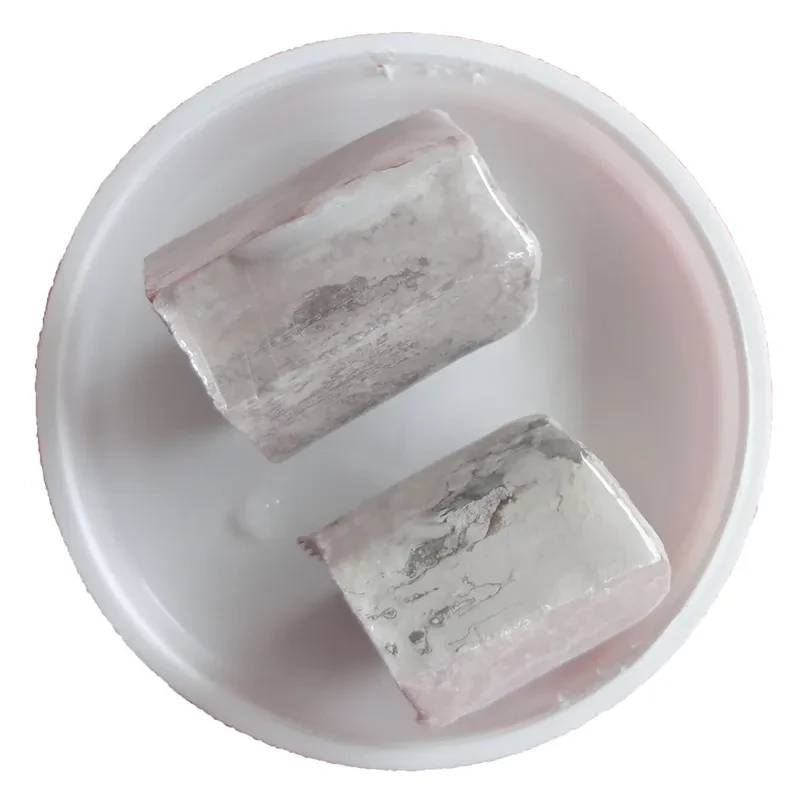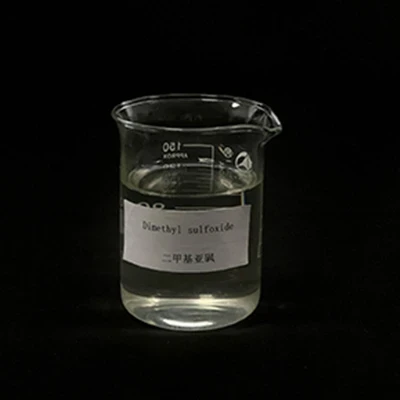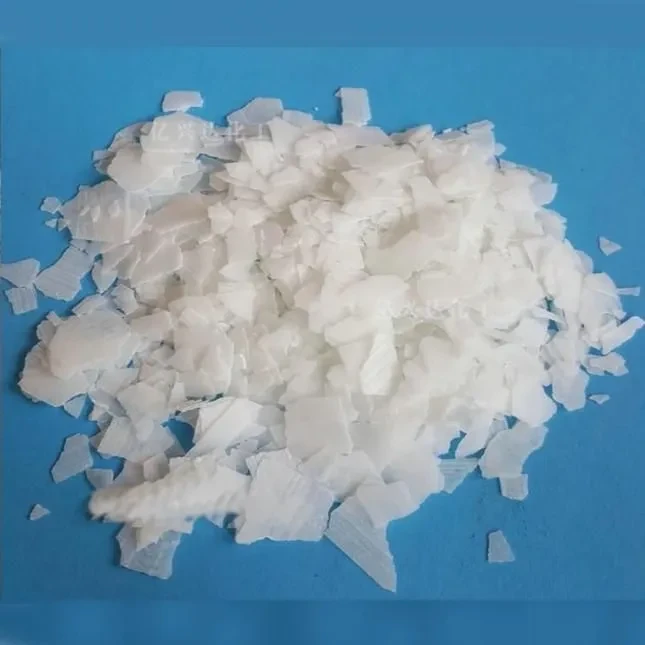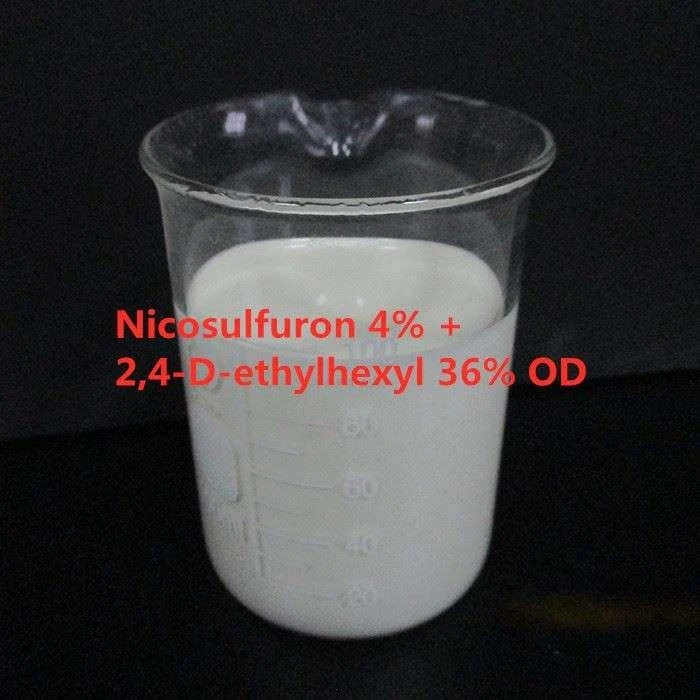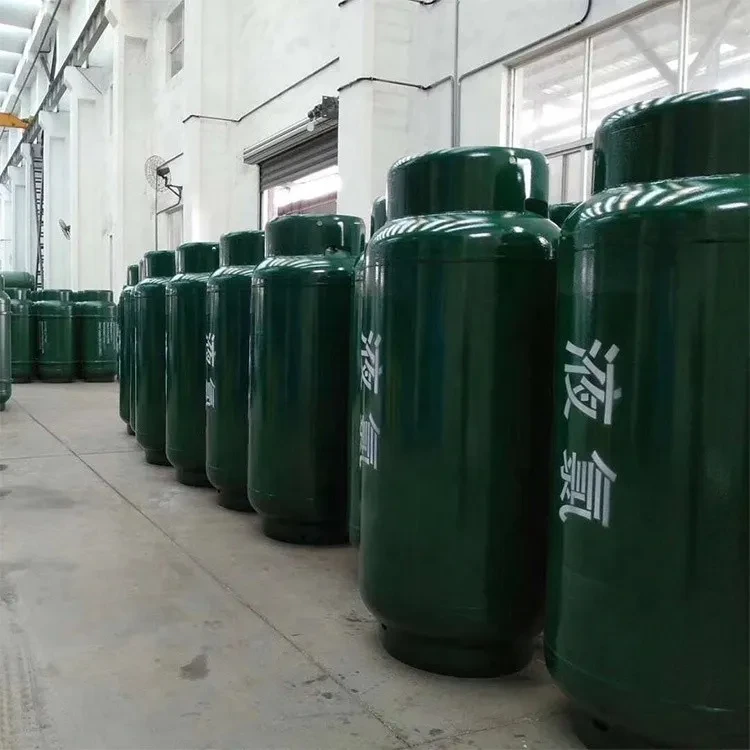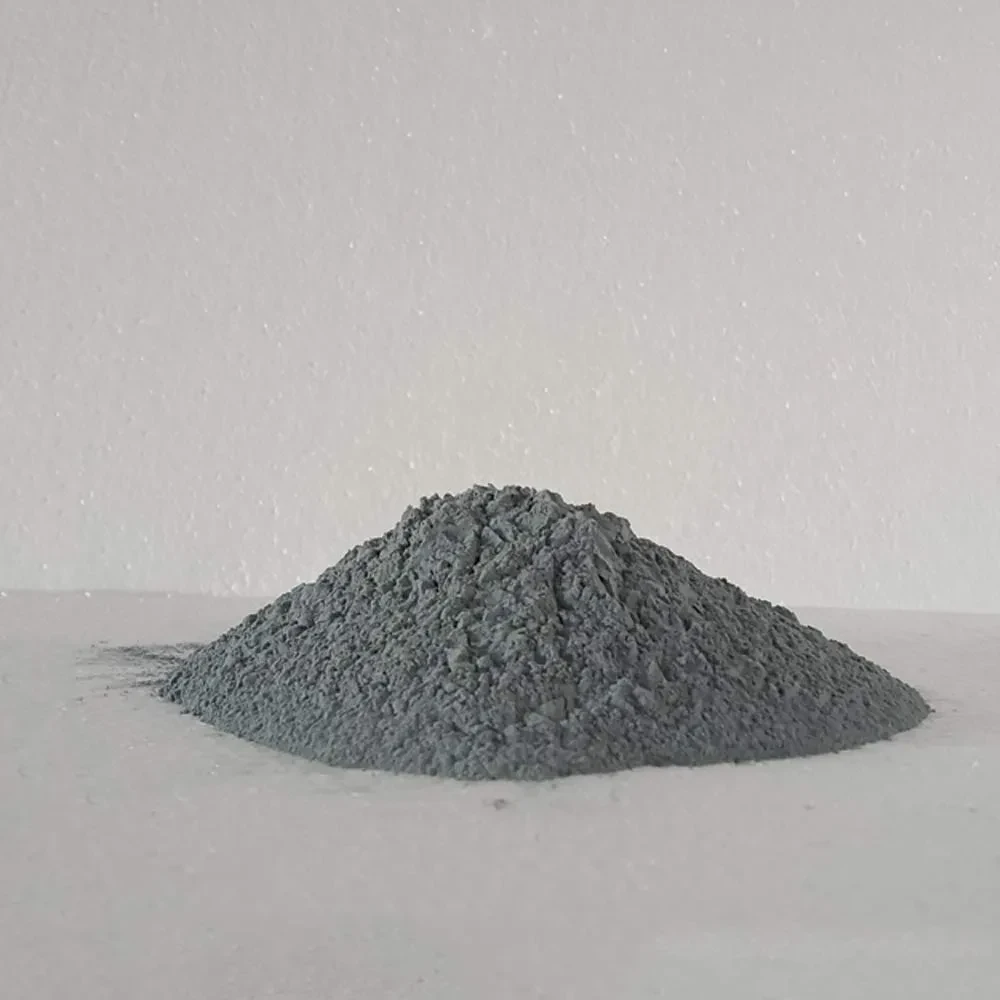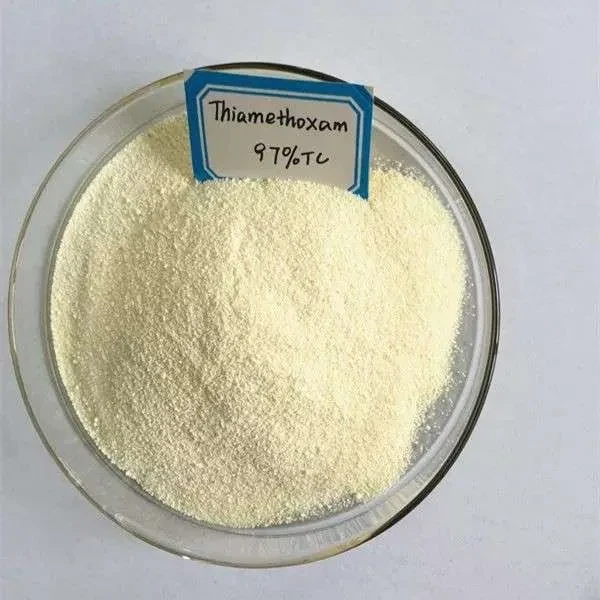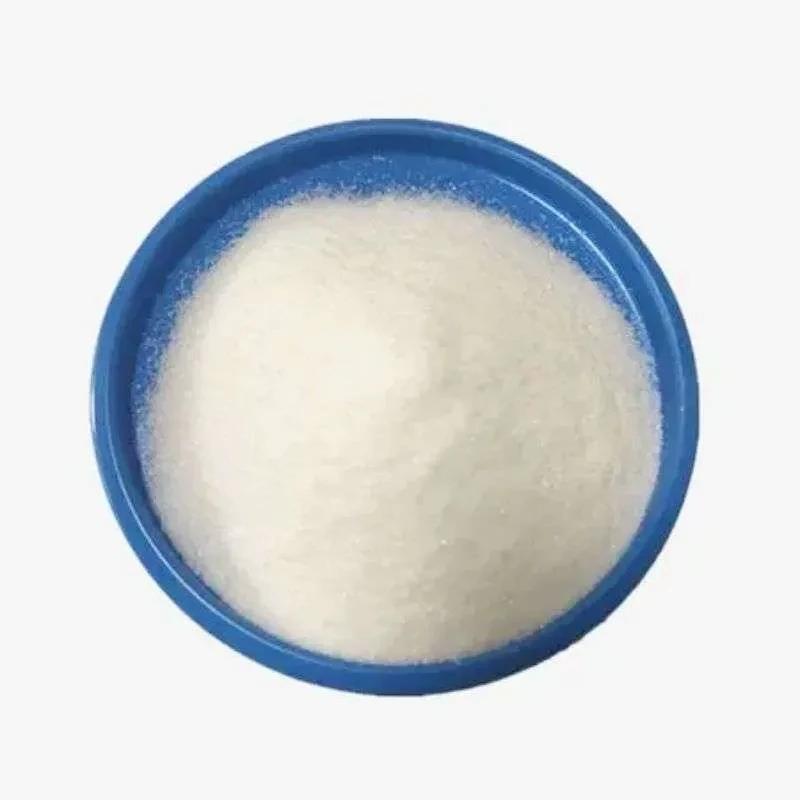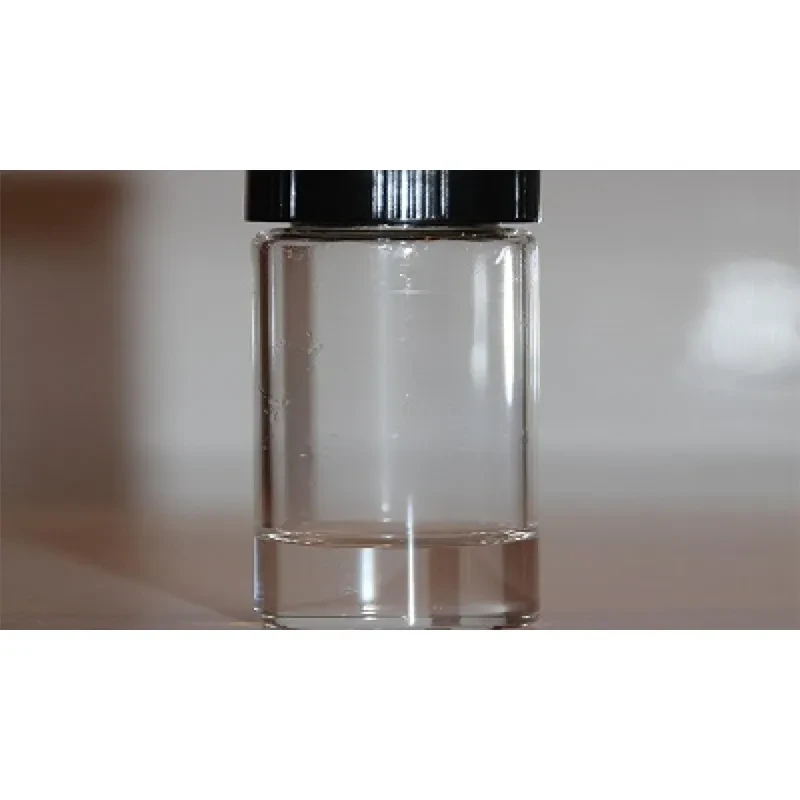Chemical Formula: H2O2
CAS No.: 7722-84-1
Hazard Class: 5.1+8
HS Code: 2847000000
UN: 2014
It is an important oxidant, bleach, disinfectant and deoxidizer. Mainly used for bleaching cotton fabrics and other fabrics; Bleaching and deinking of pulp; Production of organic and inorganic peroxides; Organic synthesis and polymer synthesis; In the field of environmental protection, it is mainly used for the treatment of toxic waste water. It can deal with a variety of inorganic and organic toxic substances, among which the most effective and most effective are sulfides, oxides and phenolic compounds.Hydrogen peroxide, (H2O2), a colourless liquid usually produced as aqueous solutions of various strengths, used principally for bleaching cotton and other textiles and wood pulp, in the manufacture of other chemicals, as a rocket propellant, and for cosmetic and medicinal purposes. Solutions containing more than about 8 percent hydrogen peroxide are corrosive to the skin.
Major commercial grades are aqueous solutions containing 35, 50, 70, or 90 percent hydrogen peroxide and small amounts of stabilizers (often tin salts and phosphates) to suppress decomposition.
Hydrogen peroxide decomposes into water and oxygen upon heating or in the presence of numerous substances, particularly salts of such metals as iron, copper, manganese, nickel, or chromium. It combines with many compounds to form crystalline solids useful as mild oxidizing agents; the best-known of these is sodium perborate (NaBO2·H2O2·3H2O or NaBO3·4H2O), used in laundry detergents and chlorine-free bleach products. With certain organic compounds, hydrogen peroxide reacts to form hydroperoxides or peroxides, several of which are used to initiate polymerization reactions. In most of its reactions, hydrogen peroxide oxidizes other substances, although it is itself oxidized by a few compounds, such as potassium permanganate.



